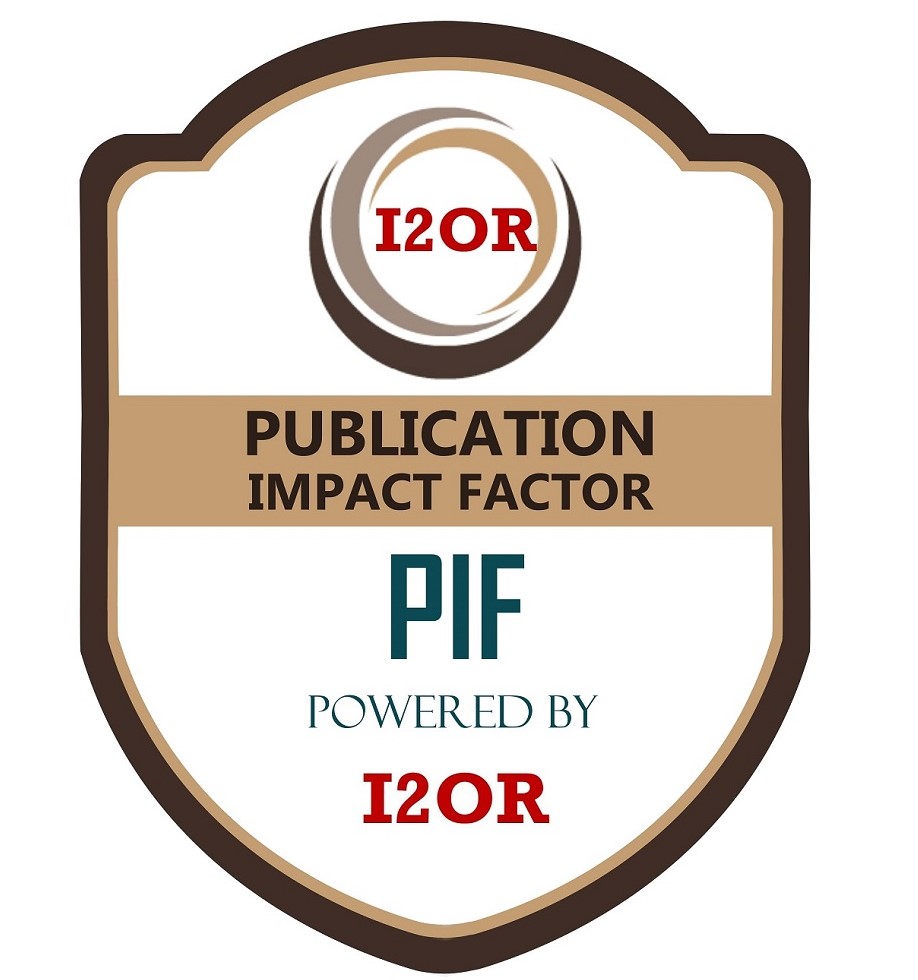- Version
- Download 32
- File Size 661.20 KB
- File Count 1
- Create Date 07/06/2023
- Last Updated 07/06/2023
USAGE OF SUGAR MILL (BAGASSE ASH) WASTE IN MANUFACTURING OF BRICKS
USAGE OF SUGAR MILL (BAGASSE ASH) WASTE IN MANUFACTURING OF BRICKS
Shivanshu Singh Pal1, Babar Ahmad Saifi2, Chhote Lal Yadav3, Mohhamad Samar4, Saurav Yadav5
1 Shivanshu Singh Pal (Civil Engineering & Greater Noida Institute of Technology (Engg. Institute), Gr. Noida
2 Babar Ahmad Saifi (Civil Engineering & Greater Noida Institute of Technology (Engg. Institute), Gr. Noida
3 Chhote Lal Yadav (Civil Engineering & Greater Noida Institute of Technology (Engg. Institute), Gr. Noida
4Mohhamad Samar (Civil Engineering & Greater Noida Institute of Technology (Engg. Institute), Gr. Noida
5Saurav Yadav (Civil Engineering & Greater Noida Institute of Technology (Engg. Institute), Gr. Noida
---------------------------------------------------------------------***---------------------------------------------------------------------
Abstract - In India, bricks are usually made up of clay, and are generally produced in traditional, unorganized small-scale industries. Brick making consumes larger amount of clay which leads to top soil removal and land degradation. To avoid all this environmental threat an attempt was made to study the behaviour of bricks manufactured using, waste materials from sugarcane industrial waste. As we all know that the waste from the industries is very harmful for the environment as well as to our health, if not disposed in proper manner. The fibrous residue of sugarcane after crushing and extraction of its juice, known as “bagasse” is one of the largest agriculture residues in the world. The bagasse is however used as a biomass fuel for boilers, but after burning the by-product left is of no use and generally disposed into the rivers which affects the health of human being, environment, fertile land, sources of water bodies etc. bricks make from clay are also heavy in weight that why we use Poly-Styrofoam to reduces their weight. In this research we mainly focused on bricks light weight and their good strength, by using sugarcane bagasse ash, press mud, molasses, Poly-Styrofoam and prepare different proportion of these materials to manufacturing bricks. After the full manufacturing process, the bricks are to be tested in the laboratory and results are analysed regarding the water absorption and compressive strength. The aim of this research was to make economical and light and green bricks to maintain environmental balance and avoid problem of ash disposal. It was also expected that bricks must be lighter in weight, energy efficient and meet required compressive strength requirements
Key Words: Sugarcane Bagasse Ash, Molasses, Press Mud, Styrofoam.







